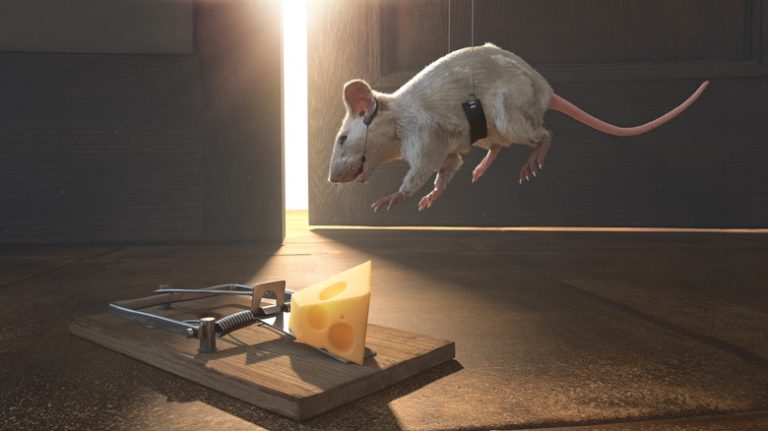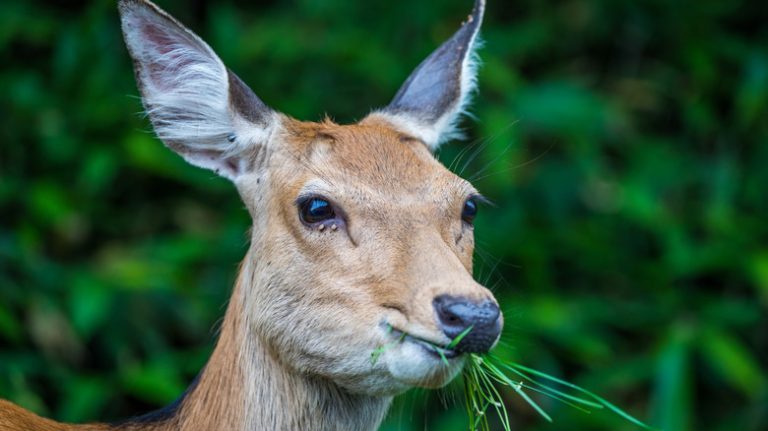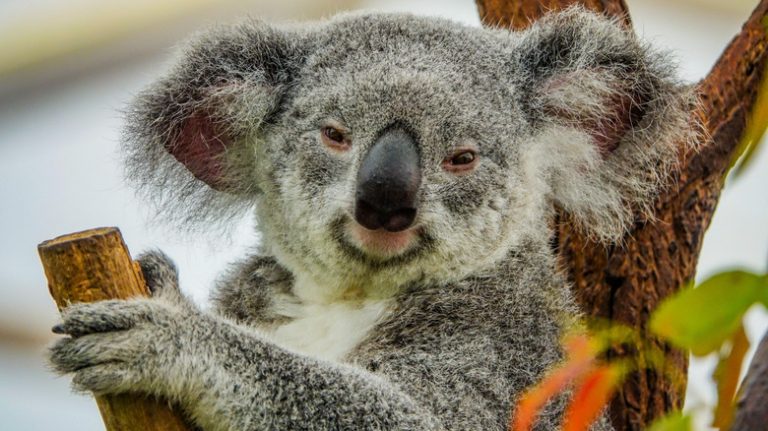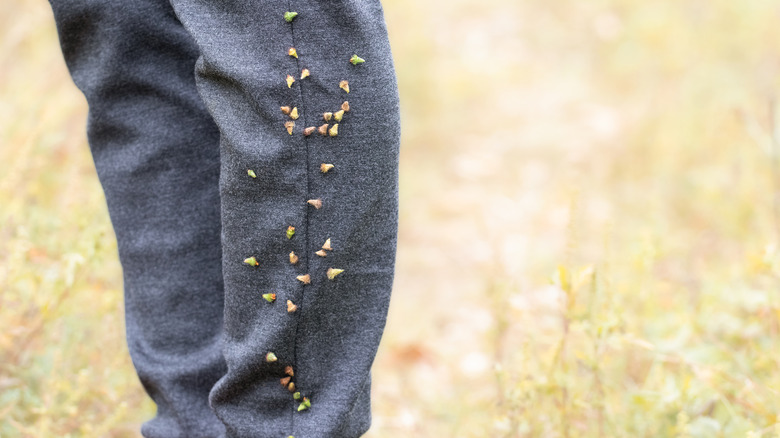
If you spend a day hiking in the woodlands, you’ll likely spend your night picking spiky round balls from your clothing. These sticky, prickly little nuisances are called burs (sometimes spelled “burrs”), and they’re actually seed pods, akin to seed and pollen cones. Burs can be quite bothersome when they cling to your clothes or your pets’ fur, but for the plants that produce them, they are a crucial evolutionary adaptation.
To reproduce, plants need to spread their seeds, but achieving this can be challenging. Being rooted to the ground, they rely on external forces. Dandelions spread their seeds by wind, mangroves use waterways, and numerous plant species depend on birds for seed dispersal. When you walk around with burs attached to your socks, you’re participating in the same process. Burs are spiked to adhere to animals and be transported over long distances before finally being brushed off and taking root in a new location, far from their parent plants.
Upon closer inspection, you can see that most burs have tiny hooks at the end of each spike to help them latch onto unsuspecting carriers. This represents an example of commensalism, an interspecies relationship where one organism benefits while the other remains unaffected. However, some types of burs adopt a more aggressive strategy, piercing the carrier’s skin like a small needle. Burs vary in shape, size, and originate from a diverse range of plant species.
What plants have burs?
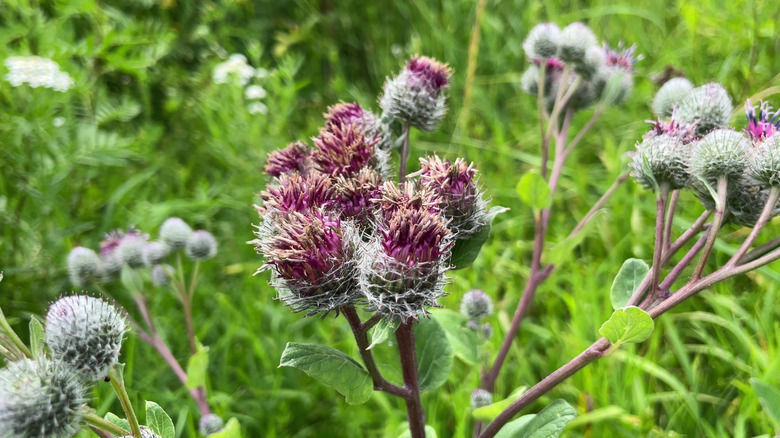
The common burdock (Arctium minus) is perhaps the most well-known bur-bearing plant. Originally from Europe, it is now widespread throughout the United States. This biennial plant produces clusters of purple flowers in its final year and has burs around three-quarters of an inch in diameter. Despite their prickly nature, burdock is extensively cultivated in many parts of Europe and Asia for its roots, which are used as both food and medicinal herbs.
Burdock burs are large enough that removing them isn’t too daunting, but the same cannot be said for Cenchrus spinifex, commonly referred to as grass bur, coastal sandbur, field sandspur, and spiny burrgrass. Found in the southern and coastal United States, and in warm and subtropical regions globally, it grows low to the ground, making it easy to miss until the burs snag on your pant cuffs. Even worse, the burs grow in tight clusters, so instead of just one on your sock, you might have to remove upwards of 20.
If there’s one bur you definitely want to avoid stepping on, it’s Tribulus terrestris, known ominously as puncturevine. Its burs latch onto carriers by piercing their skin and are sharp enough to penetrate rubber shoe soles and even bicycle tires. Although puncturevine is native to the Eastern hemisphere, it has spread to numerous U.S. states, becoming a gardener’s nightmare.




